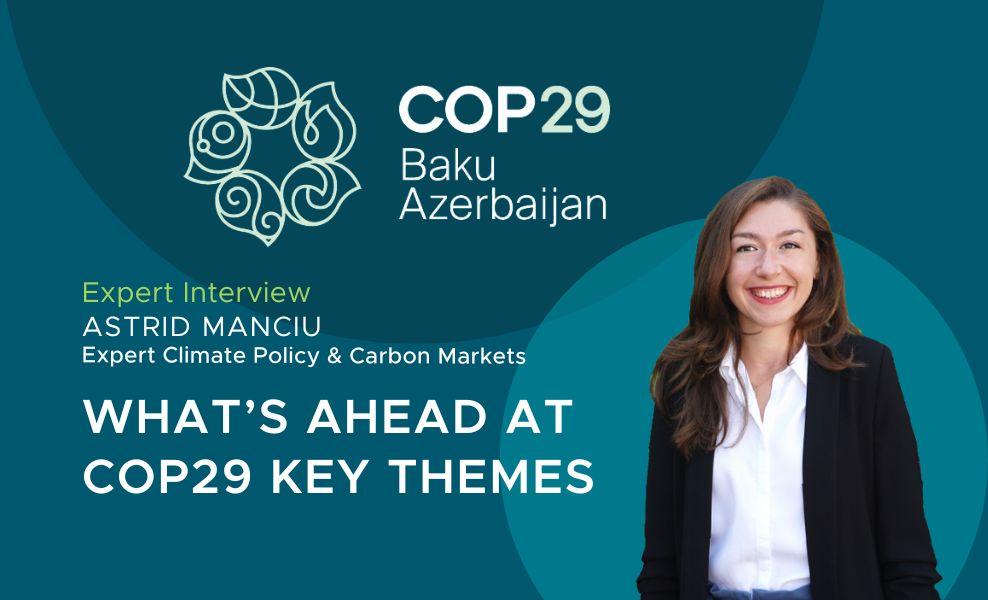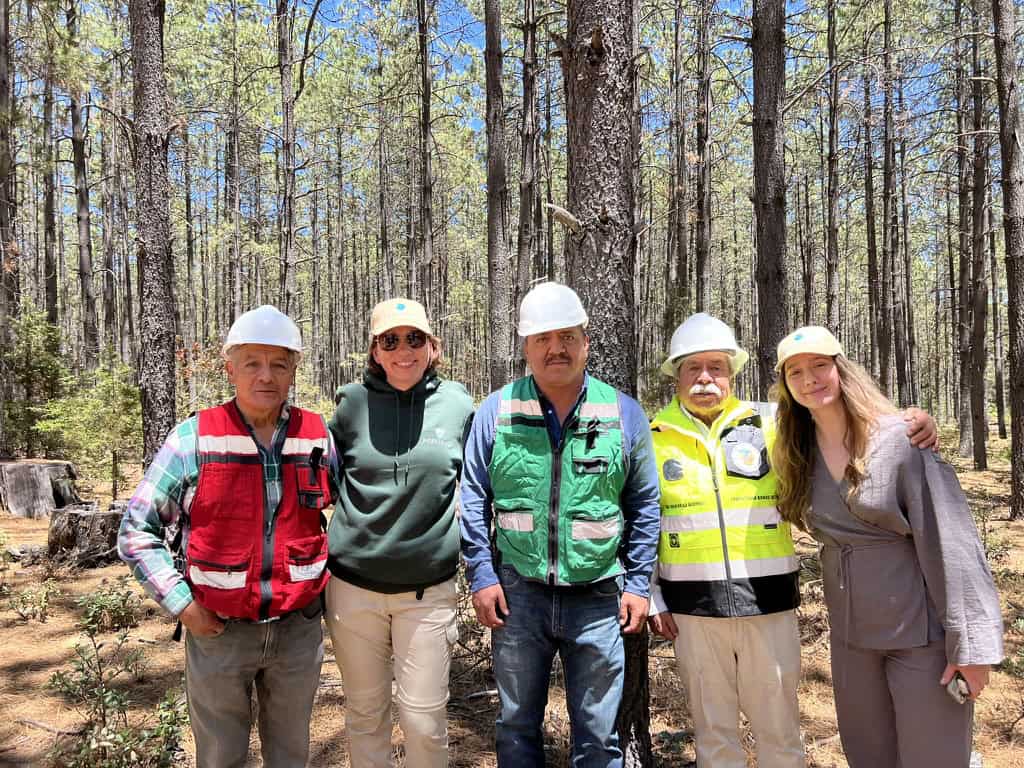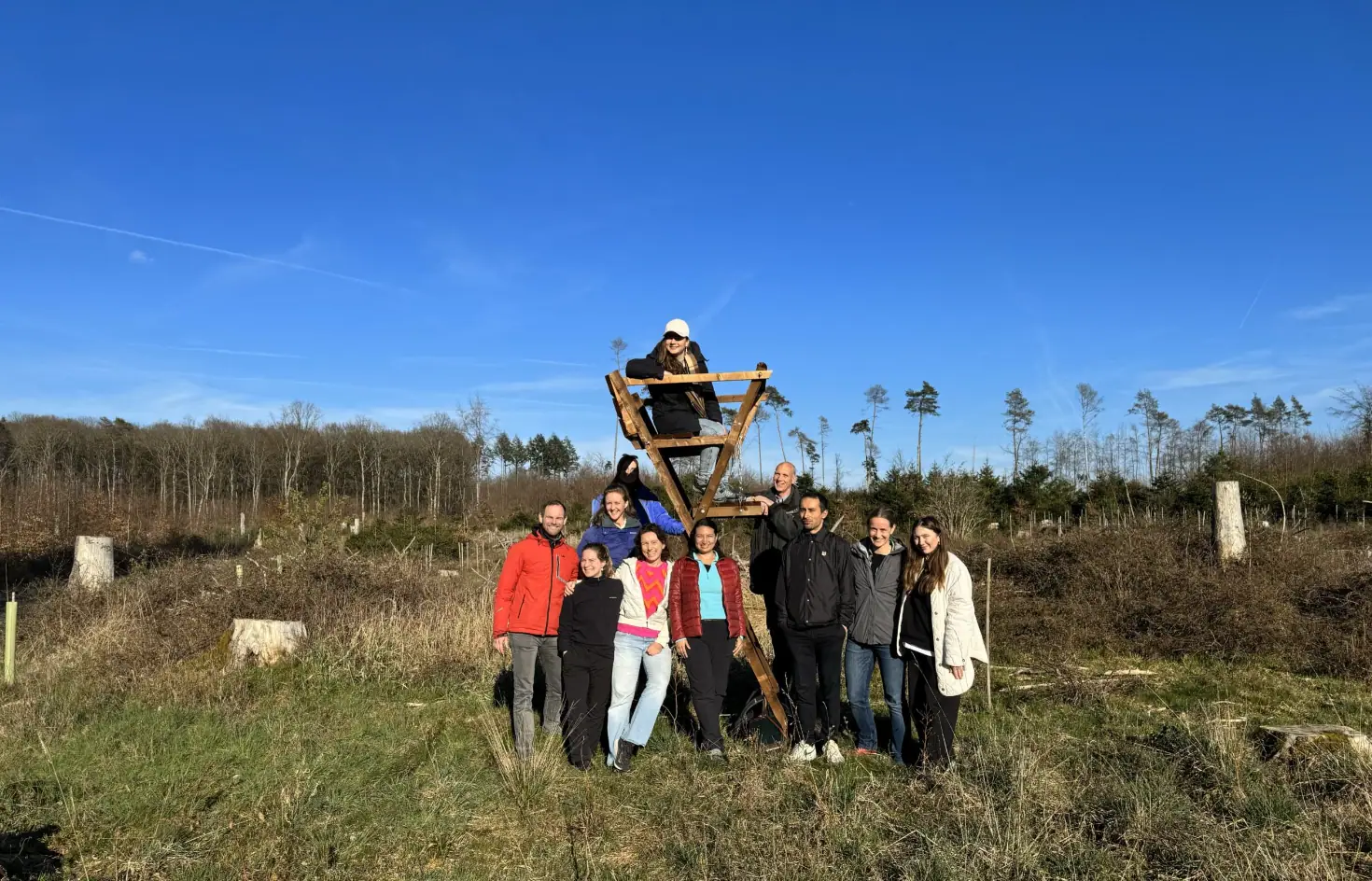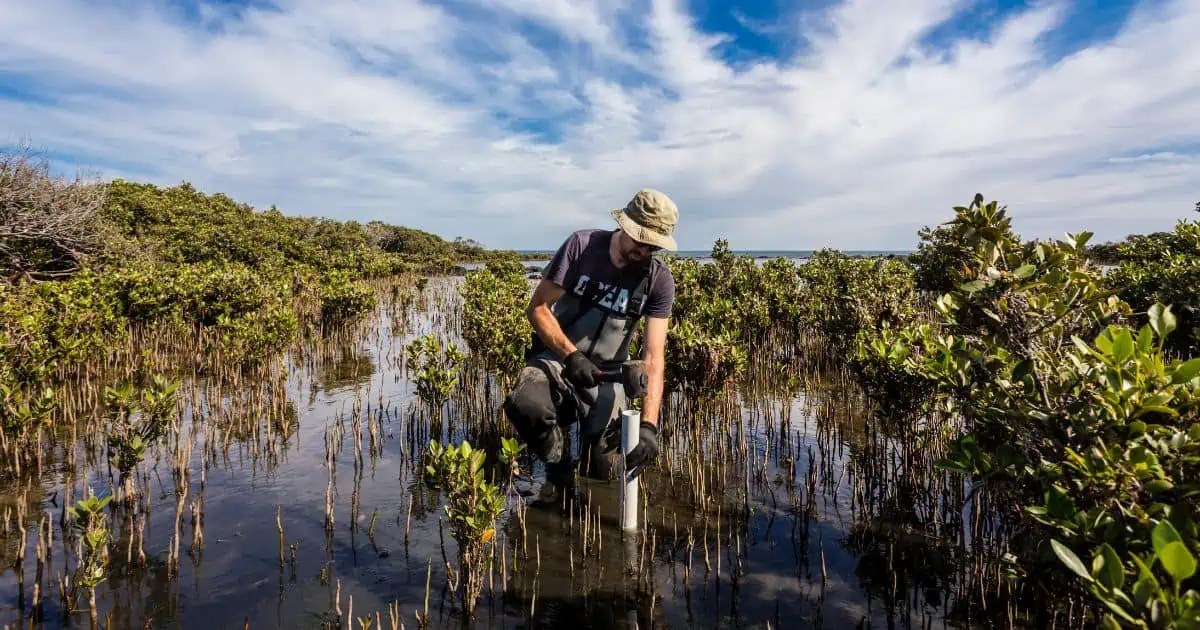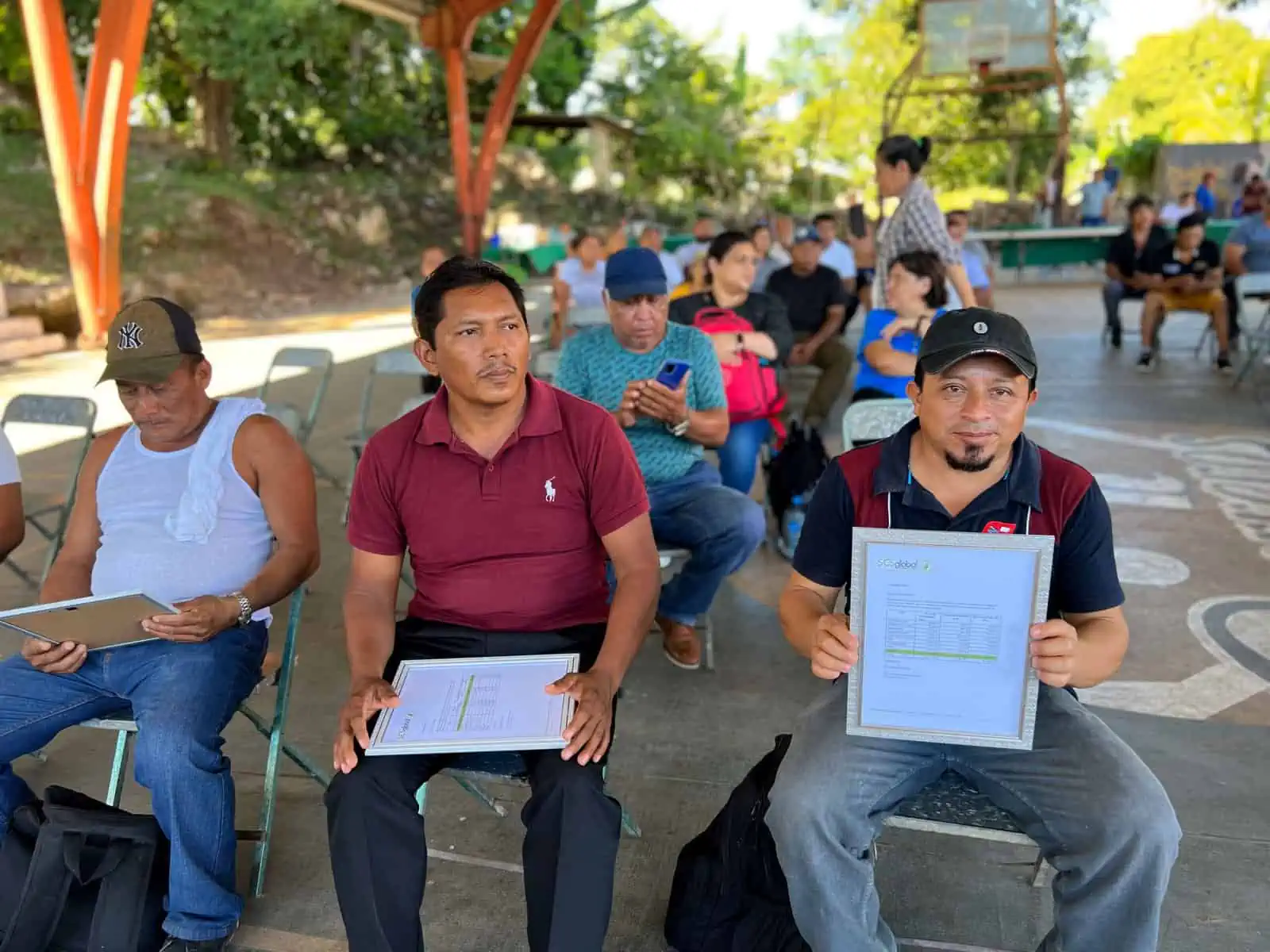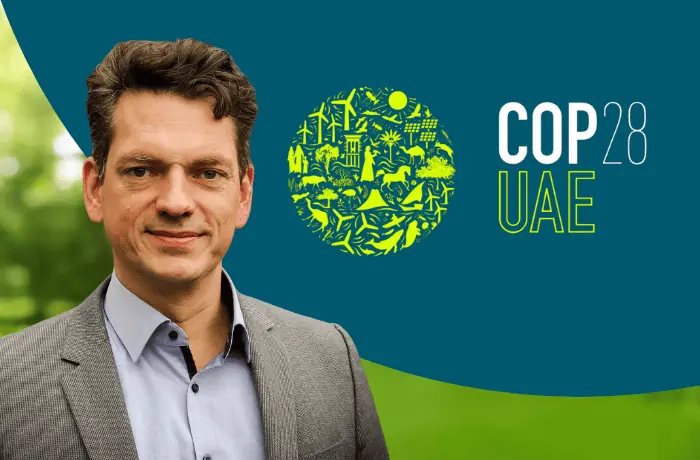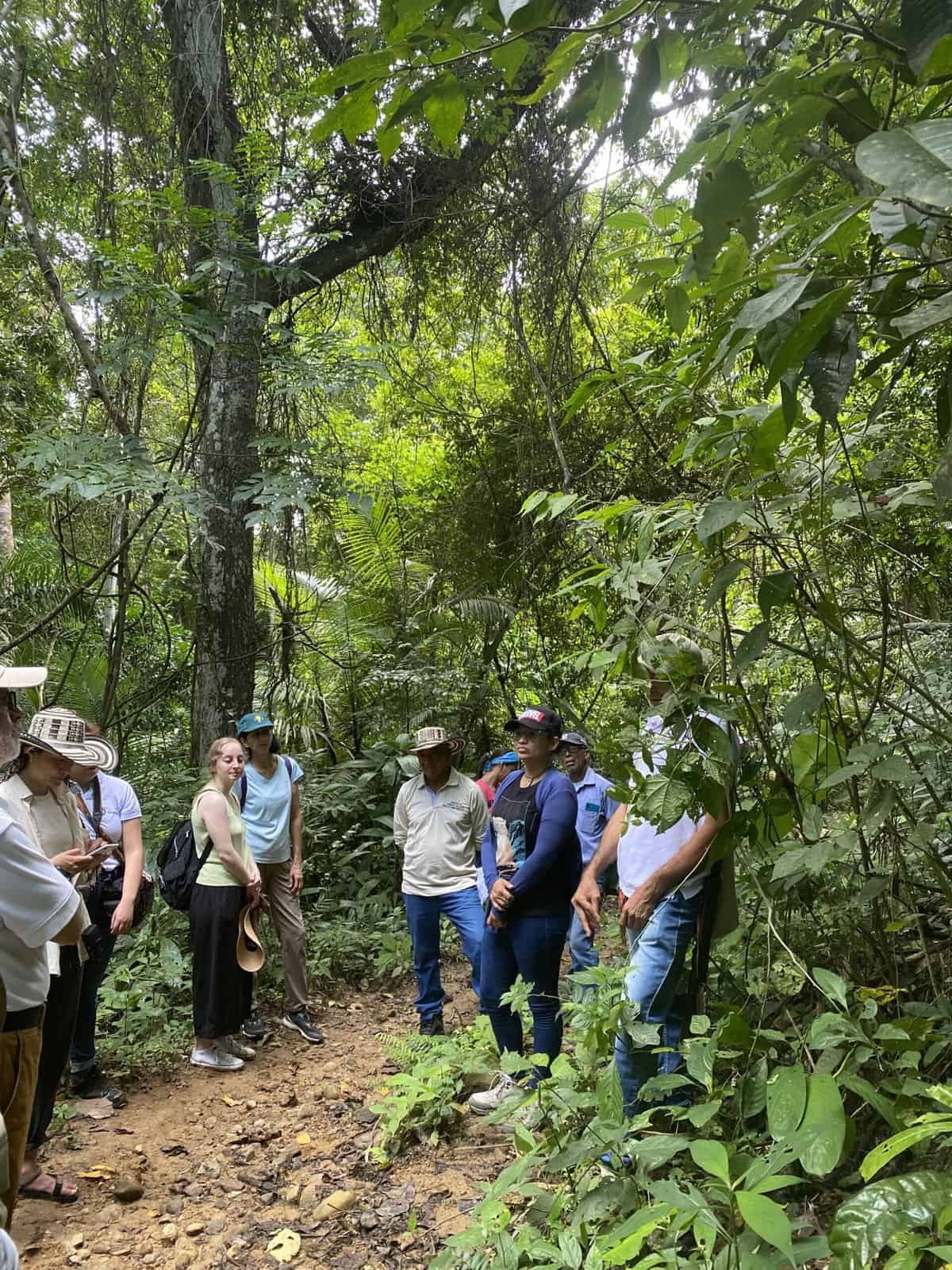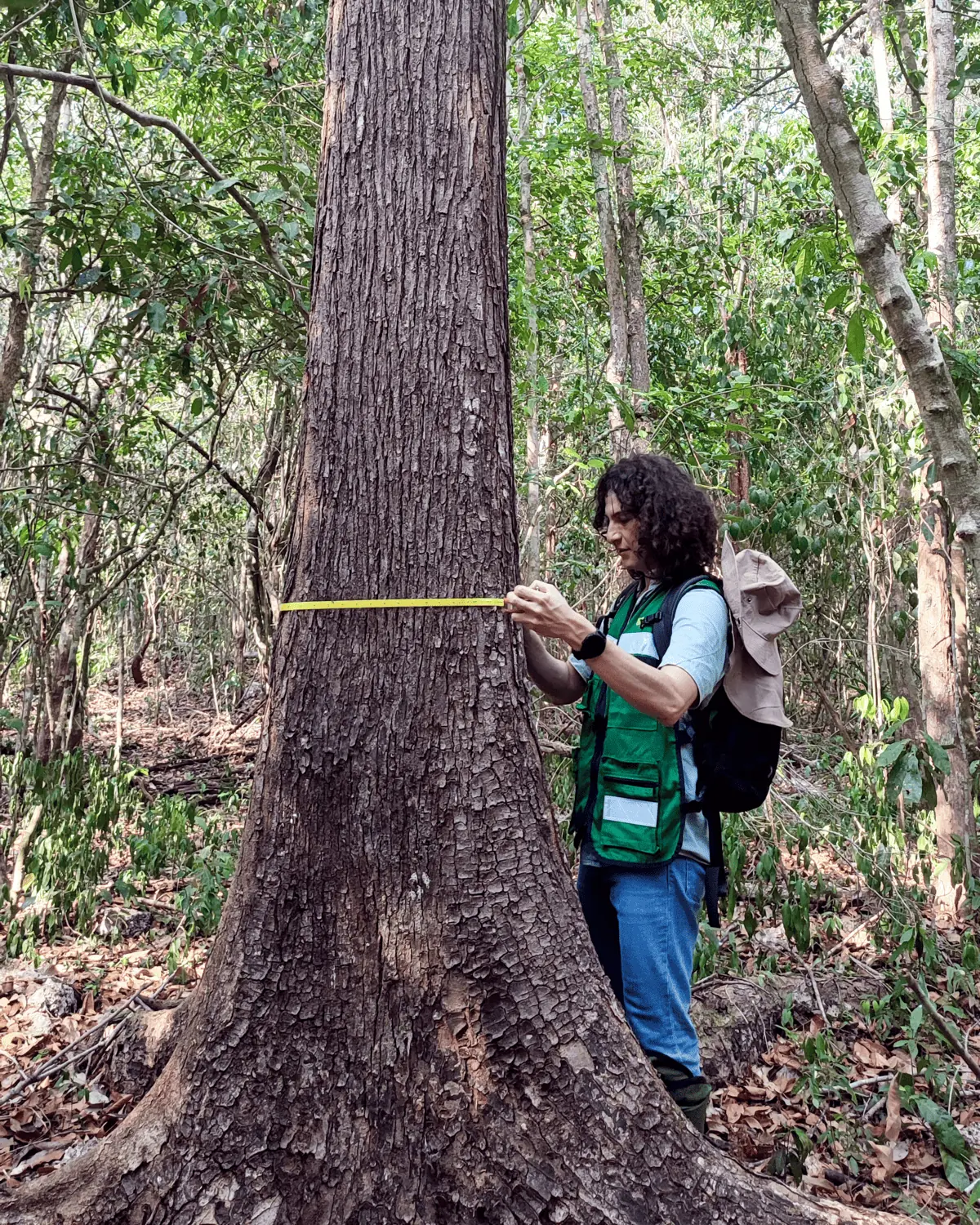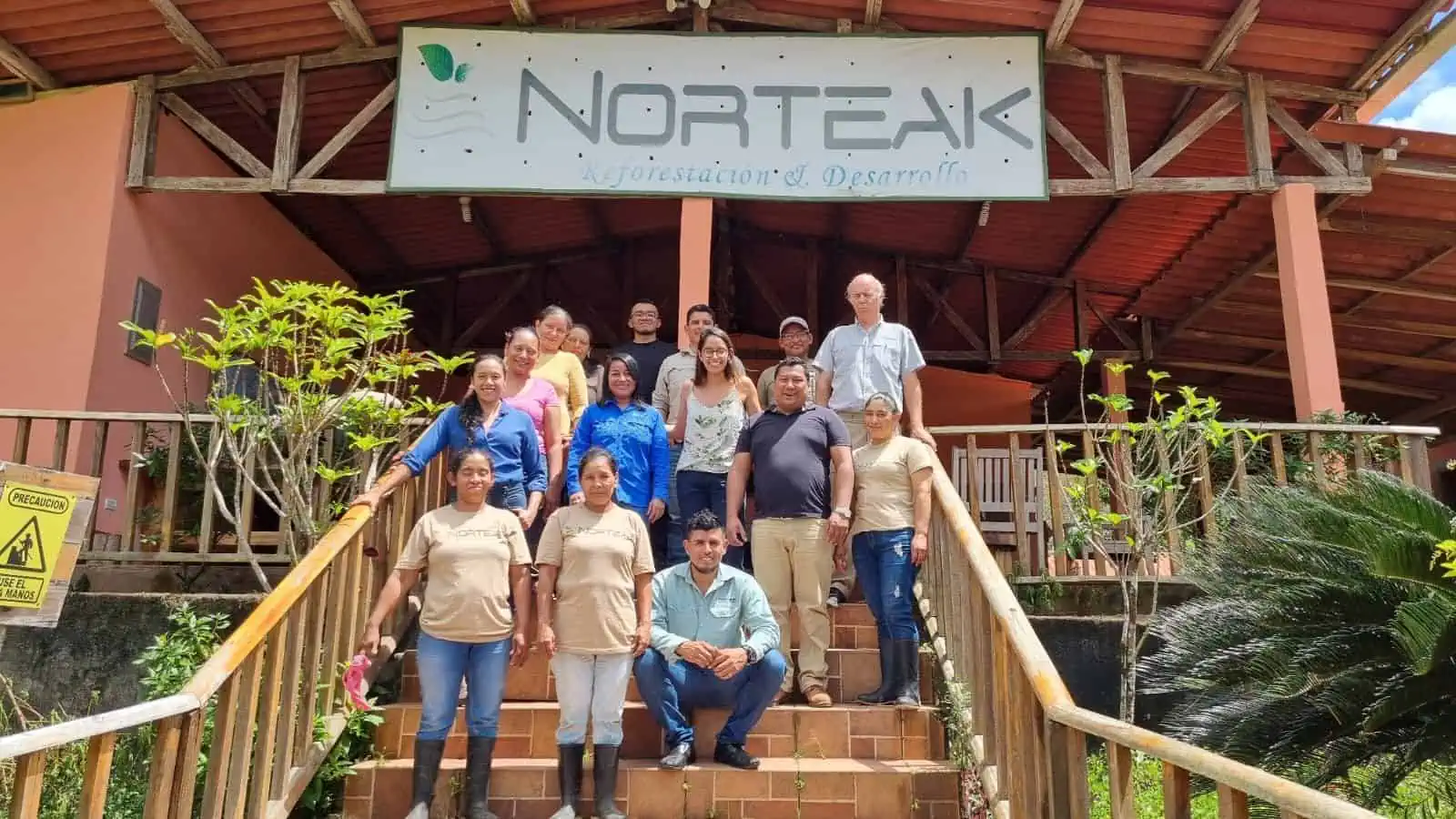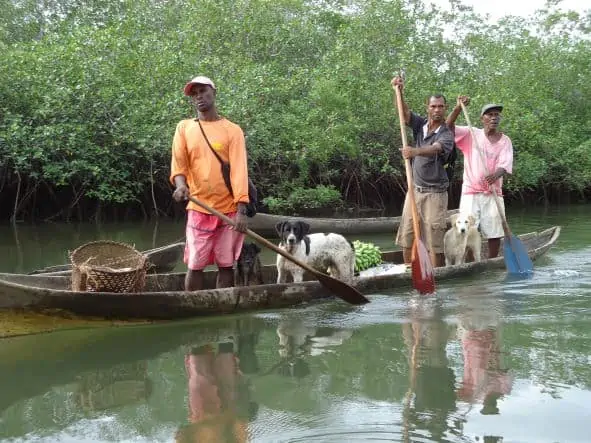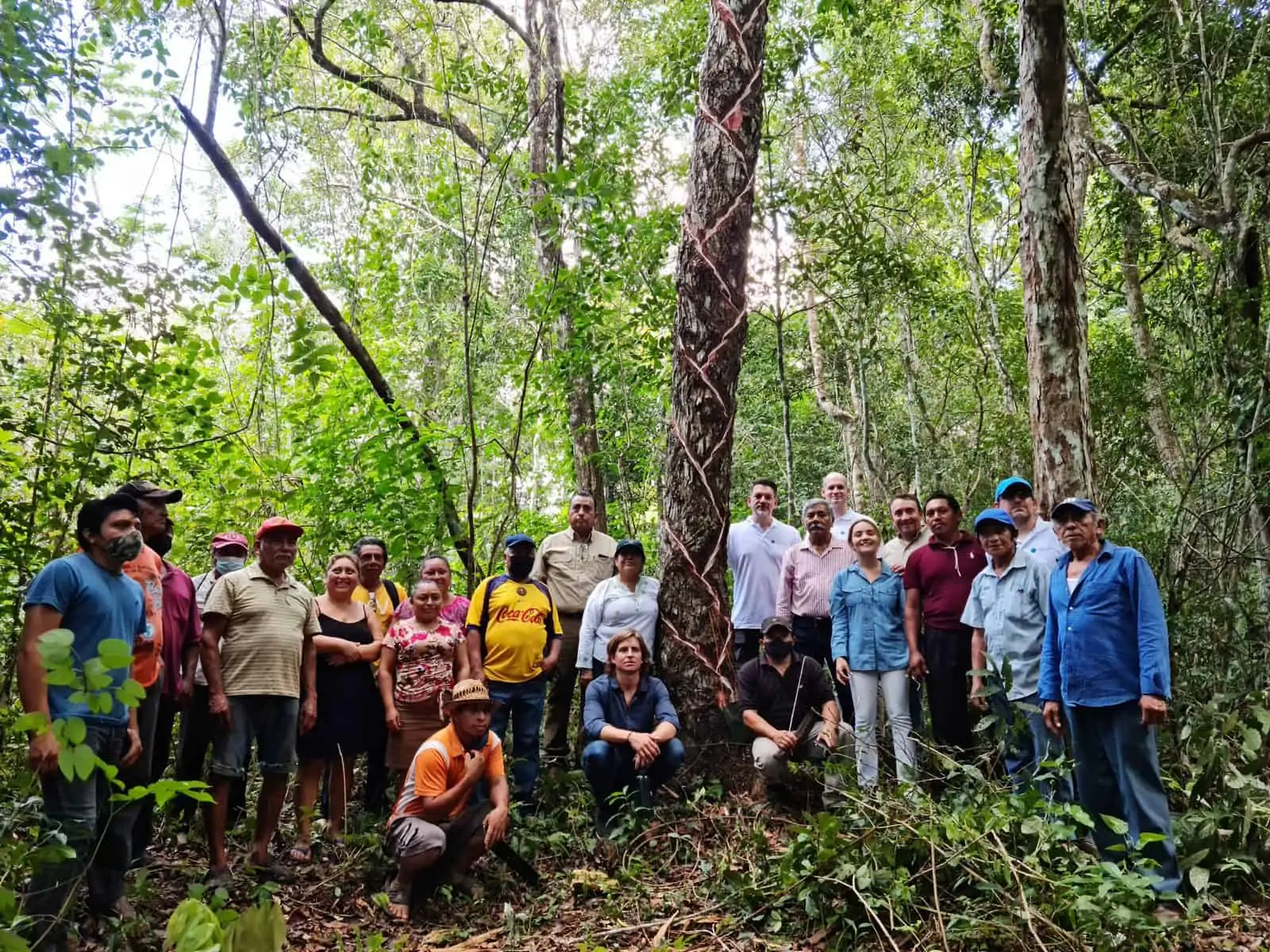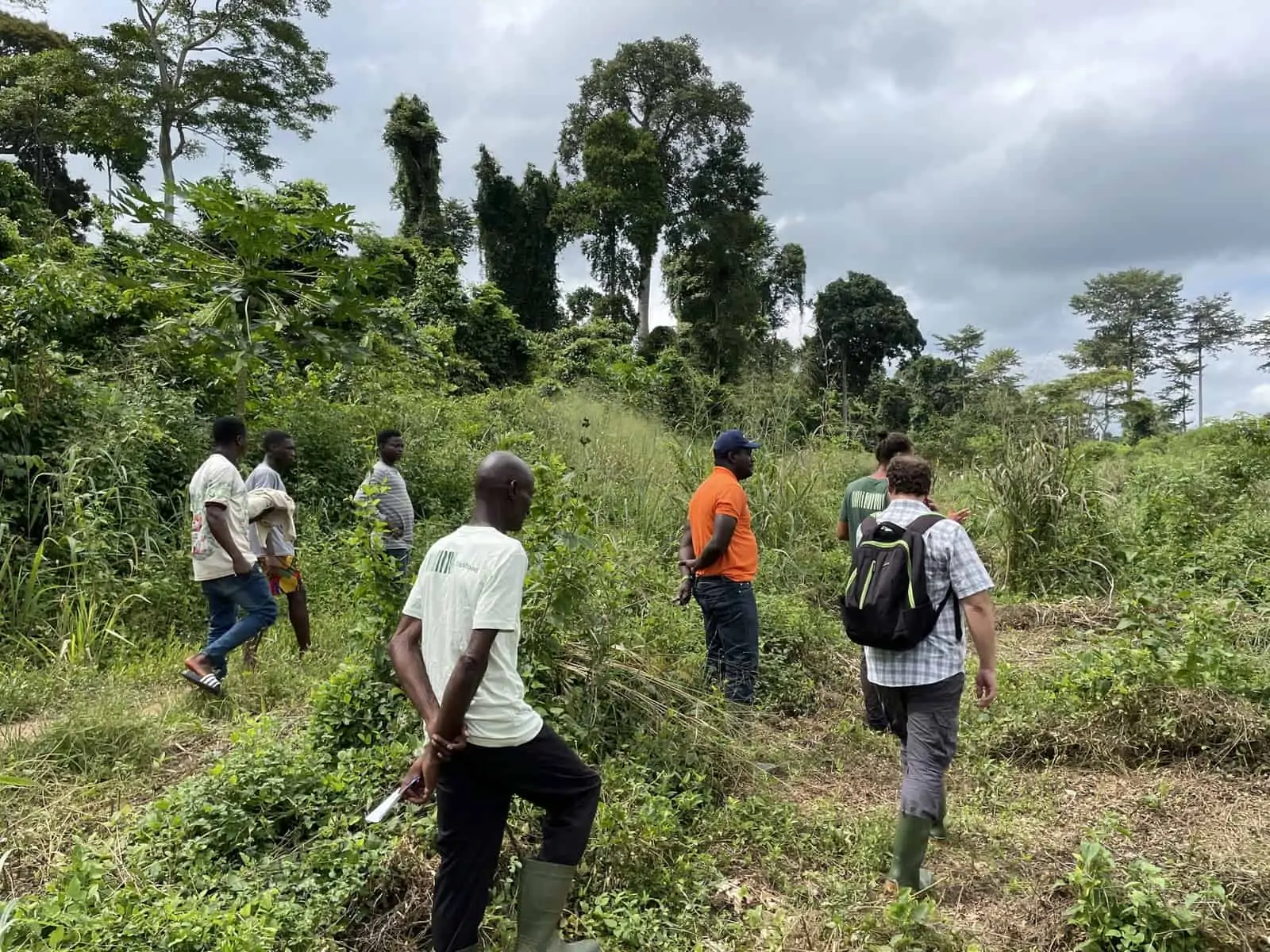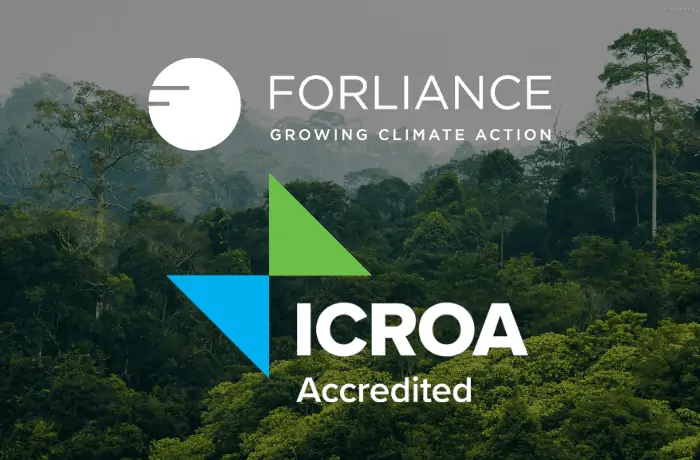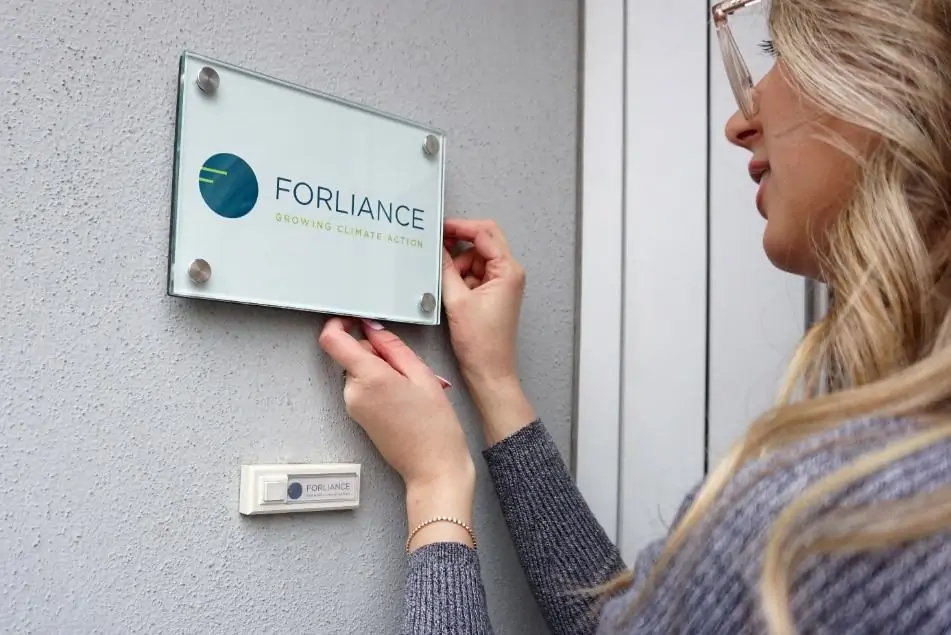Resultados de la COP 28: Perspectivas de Expertos de FORLIANCE’s Astrid Manciu
December 20, 2023
Entrevistas a Expertos
En la continua lucha contra el cambio climático, la Conferencia de las Partes (COP) sirve como un foro crítico para el diálogo y la toma de decisiones globales. En la COP 28, el foco estuvo en los esfuerzos colaborativos necesarios para abordar los desafíos ambientales, un espacio donde FORLIANCE, reconocido por su experiencia en silvicultura, clima y sostenibilidad, dejó su huella. Astrid Manciu, nuestra experta en Mercados, Políticas y Orientación, representó a FORLIANCE junto a nuestro Director General Dirk Walterspacher, destacando nuestro compromiso de elaborar estrategias climáticas impactantes.
La relevancia de la COP ha sido subrayada desde el Acuerdo de París, especialmente en relación con la formulación de la colaboración climática internacional. Clave en estas discusiones es el Artículo 6, fundamental para las entidades involucradas en los mercados de carbono voluntarios (VCM). Este artículo, especialmente las secciones 6.2 y 6.4, establece los parámetros para la cooperación internacional en el logro de objetivos de reducción de emisiones, conocidos como contribuciones determinadas a nivel nacional (NDC). Estas secciones son críticas para organizaciones como FORLIANCE, guiando nuestro enfoque hacia las reducciones de emisiones y el desarrollo sostenible.
En FORLIANCE, desarrollamos contribuciones integrales y efectivas a la protección del clima, la biodiversidad y el bienestar humano. Nuestra presencia en la COP 28 fue para participar en estas conversaciones esenciales, alineándonos con nuestra misión de guiar a los socios hacia sus objetivos de carbono neto cero y proporcionar vías para compensar emisiones inevitables a través de proyectos basados en la naturaleza. Esta entrevista exclusiva con Astrid Manciu profundiza en los matices de la política climática y la dinámica del mercado.
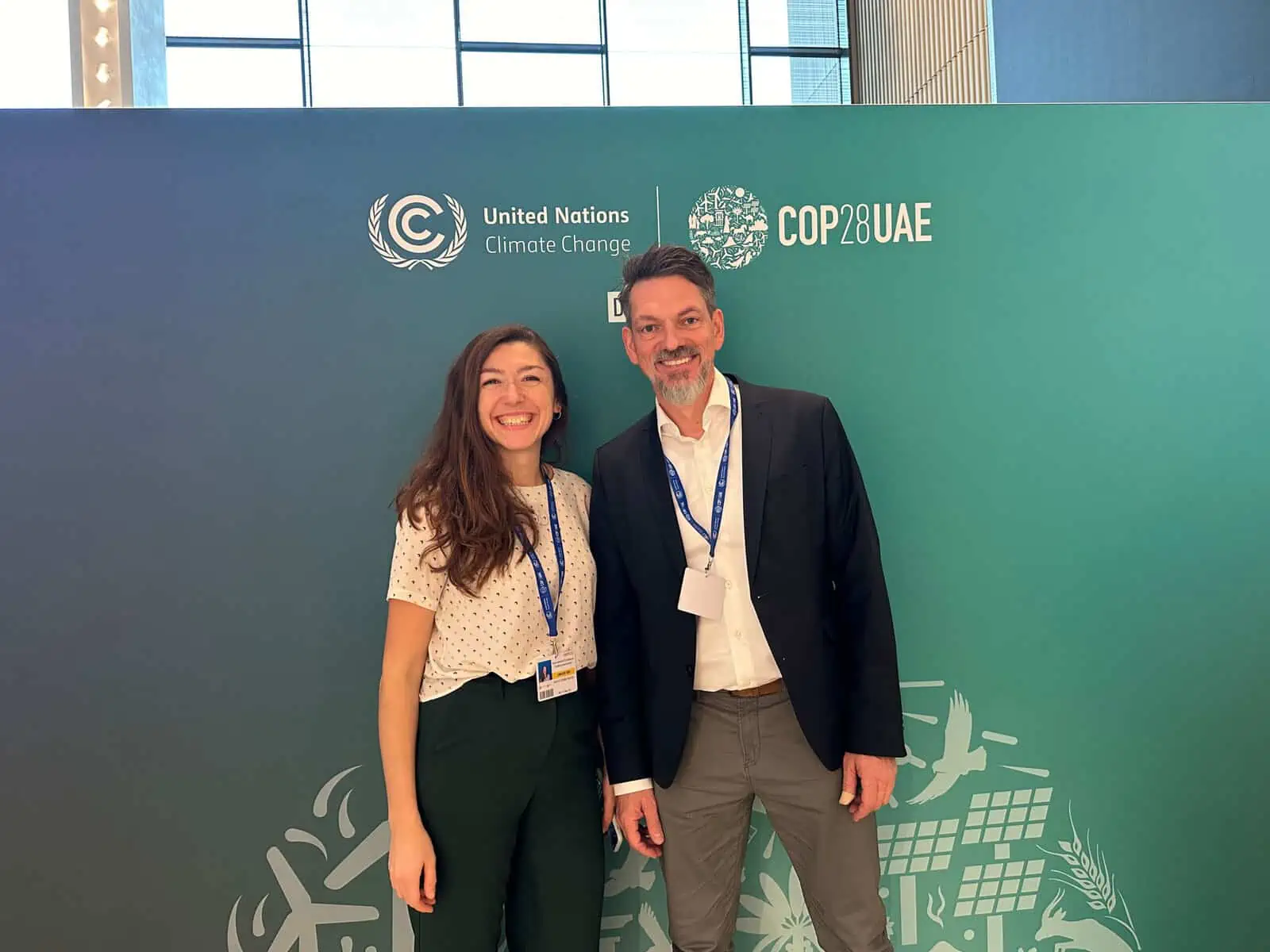

El CEO de FORLIANCE, Dirk Walterspacher, y nuestra experta en Mercados, Políticas y Orientación, Astrid Manciu, participaron en la COP 28 en Dubái. Astrid Manciu comparte sus perspectivas sobre la conferencia.
¿Nos puedes dar un breve resumen de los resultados clave de la COP 28, particularmente en relación con el mercado de carbono voluntario y los proyectos de compensación basados en la naturaleza?
Astrid Manciu: En la COP 28, no hubo acuerdos significativos que impactaran específicamente al mercado de carbono voluntario (VCM). Los actores de este mercado observan de cerca el Artículo 6 del Acuerdo de París durante las reuniones de la COP. Este artículo, especialmente sus secciones 6.2 y 6.4, esboza las pautas esenciales para la cooperación voluntaria entre países para cumplir sus objetivos de reducción de emisiones, conocidos como NDC. Aunque estos no rigen directamente el VCM, influyen en su dirección futura y posibles regulaciones.
Se espera que, en el futuro, el artículo 6, los mercados de cumplimiento y los mercados voluntarios se fusionen más; ya vemos los primeros signos. Estándares de acreditación independientes como Verra y Gold Standard están alineando sus operaciones con los objetivos del Acuerdo de París.
El tema más esperado en la agenda fue la primera Evaluación Global, que por primera vez abordó la reducción del uso de combustibles fósiles. Si bien el acuerdo final fue más moderado, abogando por un "desfase" en lugar de una eliminación completa de los combustibles fósiles, reconoció el papel crucial de las soluciones basadas en la naturaleza y la restauración de ecosistemas en los esfuerzos de mitigación y adaptación. El texto final también subrayó la importancia de los mecanismos de mercado para lograr el objetivo de limitar el calentamiento global a 1.5 °C y el compromiso de alcanzar emisiones netas cero para 2050.
¿De qué manera prevés que las decisiones tomadas en la COP 28 influyan en el mercado de carbono voluntario (VCM)?
Astrid Manciu: Los resultados de la COP 28 no resultaron en cambios operativos directos para el Artículo 6.2 y 6.4, dejando al mercado de carbono voluntario (VCM) en gran medida sin cambios en el corto plazo.
Si bien el Artículo 6.2 es operativo incluso sin un texto adicional, el Artículo 6.4, el mecanismo de acreditación dirigido por la ONU que reemplazará al Mecanismo de Desarrollo Limpio, no puede iniciar sus actividades una vez operativo. Este vacío podría ser una oportunidad para que el VCM intervenga, sabiendo que, por ejemplo, las aerolíneas tendrán que comprar créditos ajustados en su primera fase a partir del próximo año bajo el marco CORSIA.
Sin embargo, se prestó mucha atención al mercado de carbono voluntario, ya sea con el día temático dedicado al VCM o en la Mesa Redonda de Alto Nivel sobre la Desbloqueo de Mercados de Carbono de Alta Integridad que convocó la presidencia de la COP28. En esta última, se subrayó la posibilidad y la necesidad de una coexistencia de esquemas de precios de carbono, mercados de cumplimiento y mercados de carbono voluntario de alta integridad (VCMs), señalando que los tres mecanismos pueden desempeñar un papel crítico en la transición global hacia el net-zero.
Hacia el final de la COP 28, un anuncio notable fue la declaración conjunta de siete Estados miembros de la UE, que proporcionó recomendaciones para organizaciones del sector privado que utilizan créditos de carbono del VCM. Esta iniciativa de países como Alemania, Francia y los Países Bajos es un paso positivo para alentar la participación del sector privado en el VCM y promover el uso de créditos de carbono de alta integridad, mejorando así la confianza y reduciendo los temores de acusaciones de greenwashing. La conclusión es clara: necesitamos canales de financiamiento diversos para actividades de mitigación.
En reflexión sobre la COP 28, ¿cómo ves que las soluciones basadas en la naturaleza contribuyan a la mitigación y adaptación climática?
Astrid Manciu: Las soluciones basadas en la naturaleza son fundamentales para lograr los objetivos del Acuerdo de París. El reconocimiento de su importancia fue evidente en el texto de la Evaluación Global (GST) en la COP 28, donde las partes enfatizaron la importancia de conservar, proteger y restaurar la naturaleza y los ecosistemas. Esto incluye esfuerzos como detener y revertir la deforestación y la degradación de los bosques para 2030 y conservar la biodiversidad. Estas acciones no solo se centran en la captura de carbono; se trata de crear ecosistemas resilientes que puedan soportar los impactos del cambio climático.

¿Cómo abordó la COP 28 la colaboración entre naciones para proteger y restaurar ecosistemas?
Astrid Manciu: Aunque la COP 28 no condujo a negociaciones concluyentes sobre el Artículo 6, hay flexibilidad bajo el Artículo 6.2 para que las naciones colaboren en una variedad de actividades, incluidas la protección y restauración de ecosistemas. El texto borrador para el Artículo 6.4, que sigue siendo un punto de controversia, menciona actividades de mejora de la conservación y eliminaciones relacionadas con los bosques. Sin embargo, el consenso sobre estos puntos aún está pendiente, y se espera que el Cuerpo Supervisor continúe trabajando en recomendaciones para su adopción en la próxima COP en Bakú, Azerbaiyán. Estas discusiones sugieren un creciente reconocimiento de la importancia de los esfuerzos colaborativos en la conservación y restauración de ecosistemas a nivel internacional.
¿Qué colaboraciones/iniciativas se establecieron o fortalecieron en la COP 28 para apoyar al VCM? ¿Qué tan efectivas crees que serán estas iniciativas?
Astrid Manciu: La COP 28 vio el anuncio de varias colaboraciones destinadas a crear un ecosistema neto cero de alta integridad. Iniciativas notables incluyen la cooperación entre la Iniciativa del Mercado de Carbono Verificado (VCMI), la Iniciativa de Objetivos Basados en la Ciencia (SBTi), el Protocolo de Gases de Efecto Invernadero (GHG Protocol) y el Centro Internacional para los Mercados de Carbono Voluntarios (ICVCM), junto con el Proyecto de Divulgación de Carbono (CDP) y We Mean Business, para establecer un marco integral de integridad para la descarbonización. Además, organismos de establecimiento de normas como el Registro de Carbono Americano (ACR), la Alianza para el Turismo Responsable (ART), el Registro de Acción Climática, el Consejo Global de Carbono, el Gold Standard y el Estándar de Carbono Verificado de Verra (VCS) anunciaron su compromiso de alinearse más estrechamente y ayudar a los países a alcanzar sus Contribuciones Determinadas a Nivel Nacional (NDCs). Estas colaboraciones están destinadas a aumentar la confianza y credibilidad en el mercado de carbono voluntario (VCM) y deberían motivar al sector privado a participar de manera activa. La efectividad de estas iniciativas dependerá en gran medida de su implementación y del compromiso continuo de las partes involucradas.
¿Cómo propone la COP 28 alentar a las empresas y al sector privado a invertir en el VCM?
Astrid Manciu: La falta de consenso sobre el Artículo 6 durante la COP 28 no debería disuadir la participación del sector privado. Más bien, los diversos anuncios realizados reflejan el papel vital de los mercados y la necesidad de incluir los bosques en las soluciones climáticas. La claridad para las empresas en el VCM proviene de una declaración conjunta de siete países de la UE, que esboza recomendaciones para la participación del sector privado. Esta declaración, junto con otras iniciativas discutidas en la COP 28, muestra una disposición a cooperar y mejorar el VCM. El sector privado, equipado con una orientación clara y comprensiva, debería sentirse incentivado a desarrollar estrategias robustas de reducción de emisiones. Mi expectativa es que esta mayor claridad conduzca a acciones más decisivas en el sector.

Con el aumento del escrutinio sobre los proyectos de compensación de carbono, ¿qué ideas o soluciones se presentaron para abordar estas preocupaciones?
Astrid Manciu: Durante la COP, hay tradicionalmente varios anuncios de mejoras e innovaciones en el sector de la compensación de carbono. Un desarrollo notable fue la introducción de la nueva metodología REDD+ de Verra, diseñada para minimizar los riesgos de sobre-acreditación al transitar hacia líneas base jurisdiccionales. Se espera que este cambio mejore la precisión y confiabilidad de las evaluaciones de créditos de carbono.
El Consejo de Integridad para el Mercado de Carbono Voluntario (IC-VCM) también está avanzando, enfocándose en establecer altos estándares de integridad y calidad en el mercado de carbono. Están trabajando para aprobar el primer lote de créditos que cumplan con estos altos estándares para el primer trimestre de 2024, con el objetivo de simplificar el proceso para que los compradores identifiquen e inviertan en créditos de alta calidad.
Además, hubo anuncios de varias bolsas que planean introducir contratos comercializables estándar con criterios específicos de alta calidad. Se anticipa que estos contratos agilicen el proceso de comercio y aseguren la integridad de los créditos que se intercambian.
Asimismo, el trabajo continuo sobre el Artículo 6.4 del Acuerdo de París no debe ser pasado por alto. Su objetivo es establecer un referente internacional creíble para la acreditación de carbono que mantenga la integridad ambiental. Este esfuerzo es crucial para mejorar la credibilidad y efectividad general de los mercados de carbono.
¿Qué consejo le darías a las empresas que están considerando invertir en el mercado de carbono voluntario o en proyectos basados en la naturaleza por primera vez?
Astrid Manciu: Para las empresas que buscan invertir en el VCM o en proyectos basados en la naturaleza, mi consejo es comenzar a involucrarse ahora. Comprendan sus propias emisiones, establezcan objetivos de reducción claros y determinen el tipo de reclamo climático que desean hacer, ya sea una reclamación de compensación o de contribución. Esto guiará su elección de proyectos. El VCM está en constante mejora y ha demostrado su capacidad para financiar actividades de mitigación mientras apoya el desarrollo sostenible. Involúcrense directamente con los desarrolladores de proyectos y sean transparentes sobre sus estrategias, objetivos y logros ante sus partes interesadas. Este enfoque proactivo es esencial en un mercado que evoluciona rápidamente.
Mirando hacia el futuro, ¿qué tendencias o desarrollos predices en el mercado de carbono voluntario y cómo deberían las empresas formular estrategias para mantenerse a la vanguardia?
Astrid Manciu: De cara al futuro en el VCM, anticipamos una tendencia notable hacia la integración de varios mercados. Esto significa que los proyectos certificados bajo estándares independientes como Gold Standard podrían ser utilizados tanto para fines de cumplimiento como voluntarios, siempre que cumplan con los requisitos necesarios. Tal desarrollo permitirá un uso más diverso de los créditos de carbono.
Otro cambio significativo será en las características de los propios créditos de carbono. Esperamos que los créditos evolucionen más allá de solo representar una tonelada de dióxido de carbono equivalente, incorporando múltiples características como ser ajustados en consecuencia, etiquetados como CCP, elegibles para CORSIA o que representen reducción y eliminación. Esta complejidad podría inicialmente desafiar a los compradores al seleccionar los créditos que mejor se adapten a sus objetivos.
Es probable que haya una mayor claridad en cómo las empresas pueden incorporar créditos de carbono en sus estrategias corporativas, reduciendo el riesgo de acusaciones de greenwashing. Se está volviendo cada vez más claro que las empresas deben enfocarse primero en reducir su propia huella de carbono mientras también financian esfuerzos de mitigación externos. La transparencia en estas estrategias es esencial.
Para las empresas, tener una estrategia para abordar el impacto climático es innegociable. Es crucial entender la dinámica de mercado en evolución y asegurar un suministro de créditos de carbono a precios competitivos. A medida que avanzamos hacia 2024, soy optimista de que el VCM continuará creciendo, proporcionando financiamiento esencial para proyectos innovadores que beneficien tanto a las personas como al planeta.
¿Cómo pueden las empresas involucrarse de manera efectiva con las partes interesadas, incluidas las comunidades locales y los gobiernos, en el contexto del mercado de carbono voluntario y los proyectos basados en la naturaleza?
Astrid Manciu: La participación efectiva requiere comunicación clara y honesta. Las empresas deben interactuar directamente con las comunidades locales involucradas en los proyectos de créditos de carbono para entender y abordar sus necesidades y preocupaciones. También es importante abogar ante los gobiernos por políticas que apoyen la inversión del sector privado en estos proyectos. Este enfoque asegura que los proyectos no solo se centren en los créditos de carbono, sino también en los beneficios reales para las personas y el medio ambiente.
¿Está tu empresa tomando medidas climáticas?
Conectemos y pongamos en marcha tu estrategia climática corporativa.
